Although not much happens in late February, a little-known yet important event takes place around now: National Invasive Species Awareness Week (NISAW).
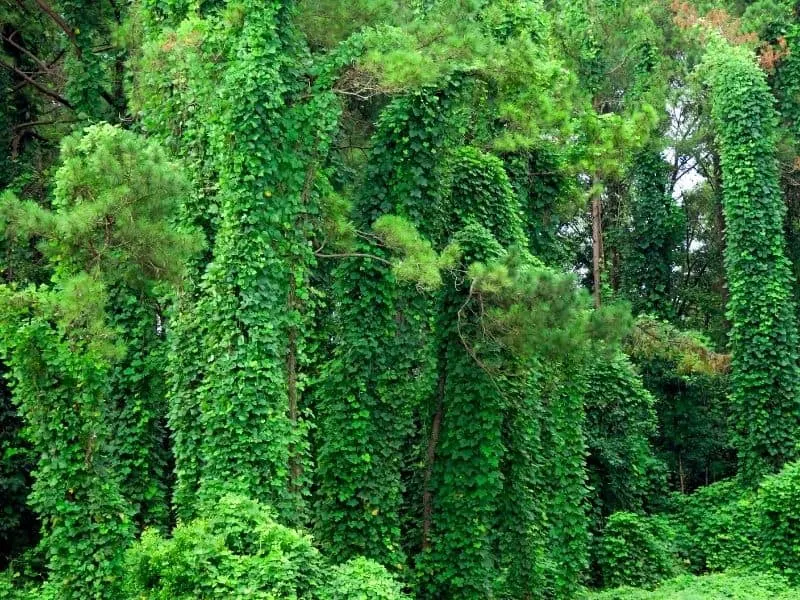
Whenever humans move from one location to another, we bring other organisms with us, whether purposefully or as hitchhikers. We carry the seeds of familiar plants from our homeplace to a new, unknown home or import exotic ornamentals to grace our gardens, fast-growing vines to feed our cattle and stabilize eroding slopes, and unique produce that we want to grow ourselves. Pathogens and insects, often unseen and always unwanted, occasionally tag along.
Many of these introduced species find the new habitat unsuitable; the pathogens and insects die off, and the plants must be coaxed to flourish in our gardens and greenhouses.
But sometimes they thrive and begin to spread of their own accord, becoming invasive almost before we realize what we’ve unwittingly done.
Sometimes beautiful plants, like periwinkle take over our yards. Here’s how to get rid of periwinkle.
National Invasive Species Awareness Week (Feb. 22-28, 2021)
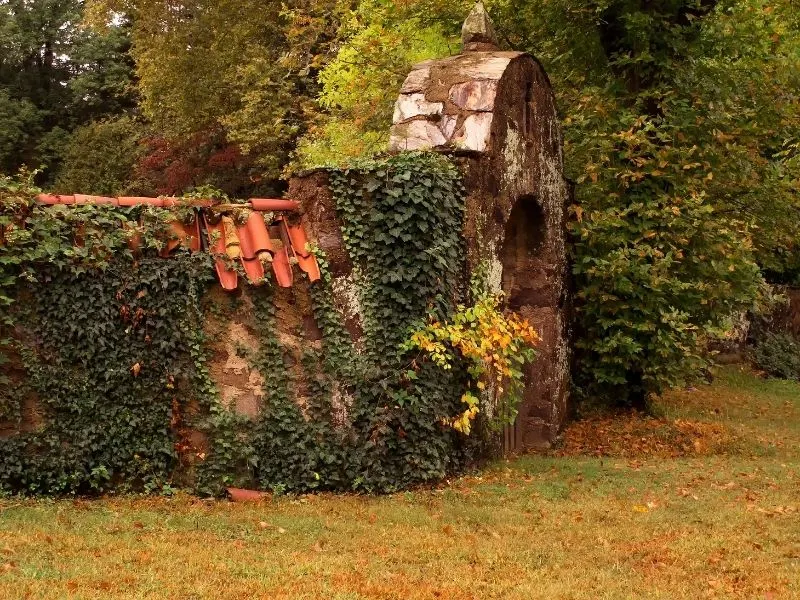
To help raise awareness about the threat posed by invasive species and how we can help stop their spread, National Invasive Species Awareness Week takes place during the last week of February each year. During the week, representatives from various organizations meet to discuss policies, legislation, and improvements surrounding invasive species prevention and management. Webinars are also presented online each weekday on topics that range from plant health to federal agency updates.
Additionally, NISAW Part II, “Outreach and Education,” is scheduled for May 15-22, when local partners will hold public events for education and invasive species removal.
What are invasive species?
 But wait, let’s back up. What are invasive species? An invasive species is any nonnative species — animal, plant, or otherwise — that disrupts or modifies the ecosystem to which it is introduced. As mentioned in the introduction, these harmful organisms often arrive in new areas through human activity, but climate change also enables them to migrate farther than before.
But wait, let’s back up. What are invasive species? An invasive species is any nonnative species — animal, plant, or otherwise — that disrupts or modifies the ecosystem to which it is introduced. As mentioned in the introduction, these harmful organisms often arrive in new areas through human activity, but climate change also enables them to migrate farther than before.
Of course, in their natural habitat, these species are not considered invasive but are kept in check by the climate, predators or grazers, and other such factors. Problems occur when this integral part of one ecosystem travels to another where these checks are not in place.
The infamous kudzu vine, for example, when introduced to a new, highly favorable habitat (such as the southeastern U.S.), will spread rapidly and outcompete other plants to cover everything in its path, from rocks to entire abandoned buildings.
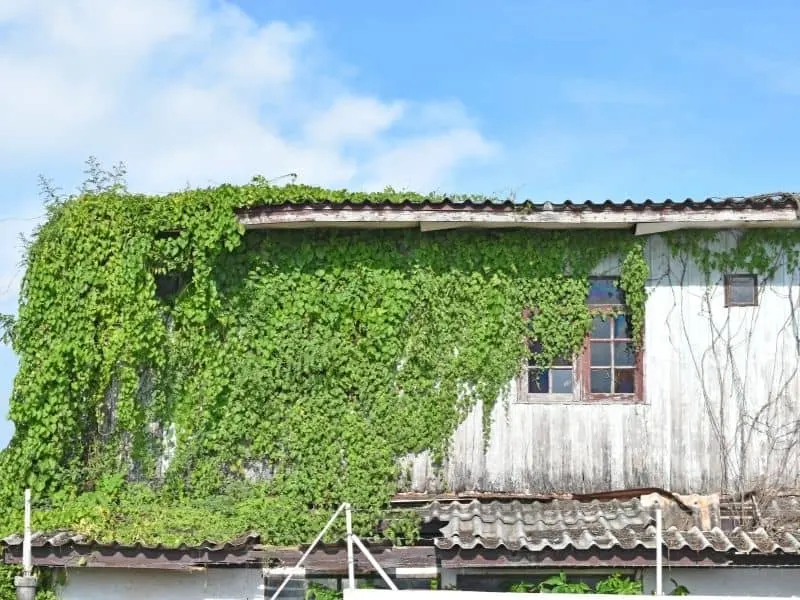
Because there are so many different types of invasive species (more than 50,000 in the U.S. alone!), and because this is a gardening website, this post primarily focuses on invasive plants.
Invasive plants often thrive in disturbed soil, produce large amounts of seed, and grow aggressive root systems that spread long distances or grow so densely that they smother neighboring plants.
Among their most obvious negative impacts is their contribution to the decline of endangered and threatened plant species, the reduction of plant diversity, and the degradation of wildlife habitat.
Common invasive plants in the U.S.
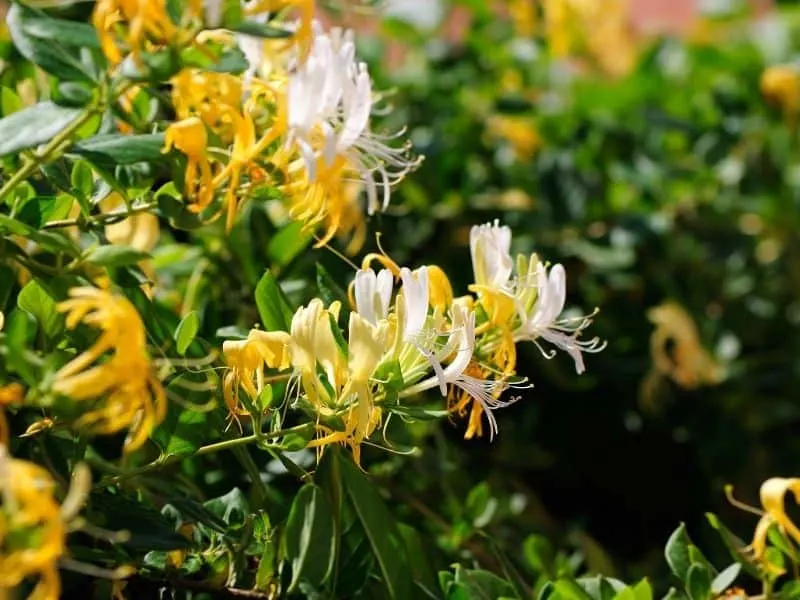
- English ivy (Hedera helix)
- Garlic mustard (Alliaria petiolata)
- Kudzu (Pueraria montana var. lobata)
- Japanese honeysuckle (Lonicera japonica)
- Norway maple (Acer platanoides)
- Purple loosestrife (Lythrum salicaria)
Ways to help
- Educate yourself — learn about invasive species and how to identify common ones in your area.
- Spread awareness — teach others what you learn, and watch the impact multiply.
- Remove weeds — on your own property and on public land (by volunteering with an organization).
- Avoid planting weeds — check whether a plant is invasive before putting it in your garden.
- Encourage your local, state, and national representatives to support control efforts.
- Participate in National Invasive Species Awareness Week — keep reading to learn how.
How to participate in National Invasive Species Awareness Week
Your time commitment to participating in National Invasive Species Awareness Week can range from seven minutes to seven days, depending on your interest and availability. Regardless, you’ll want to start by visiting NISAW.org. There, you can sign up for email updates and register for any or all of the webinars, which take place at 1 p.m. Central each day, Monday through Friday (Feb. 22-26).
The NISAW website also provides free resources, from premade social media posts to information on how to create an engagement plan.
While the February event focuses on information and advocacy, the second part in May is all about outreach and education. From May 15 through 22, you can take part in (or even organize!) local events centered on invasive species education, removal, and prevention.
In the meantime, now is a great time to take part in advocacy efforts by calling or writing to your local, state, and national representatives and asking them to support invasive species control efforts.
Take your weeding to a new level
We all know that weeding the garden is important, but now we also understand that the surrounding environment needs some care, too. Even if you never encountered the term “invasive species” before reading this post, take some time during National Invasive Species Awareness Week to learn about the invasive plants in your area and how you can help keep them in check.
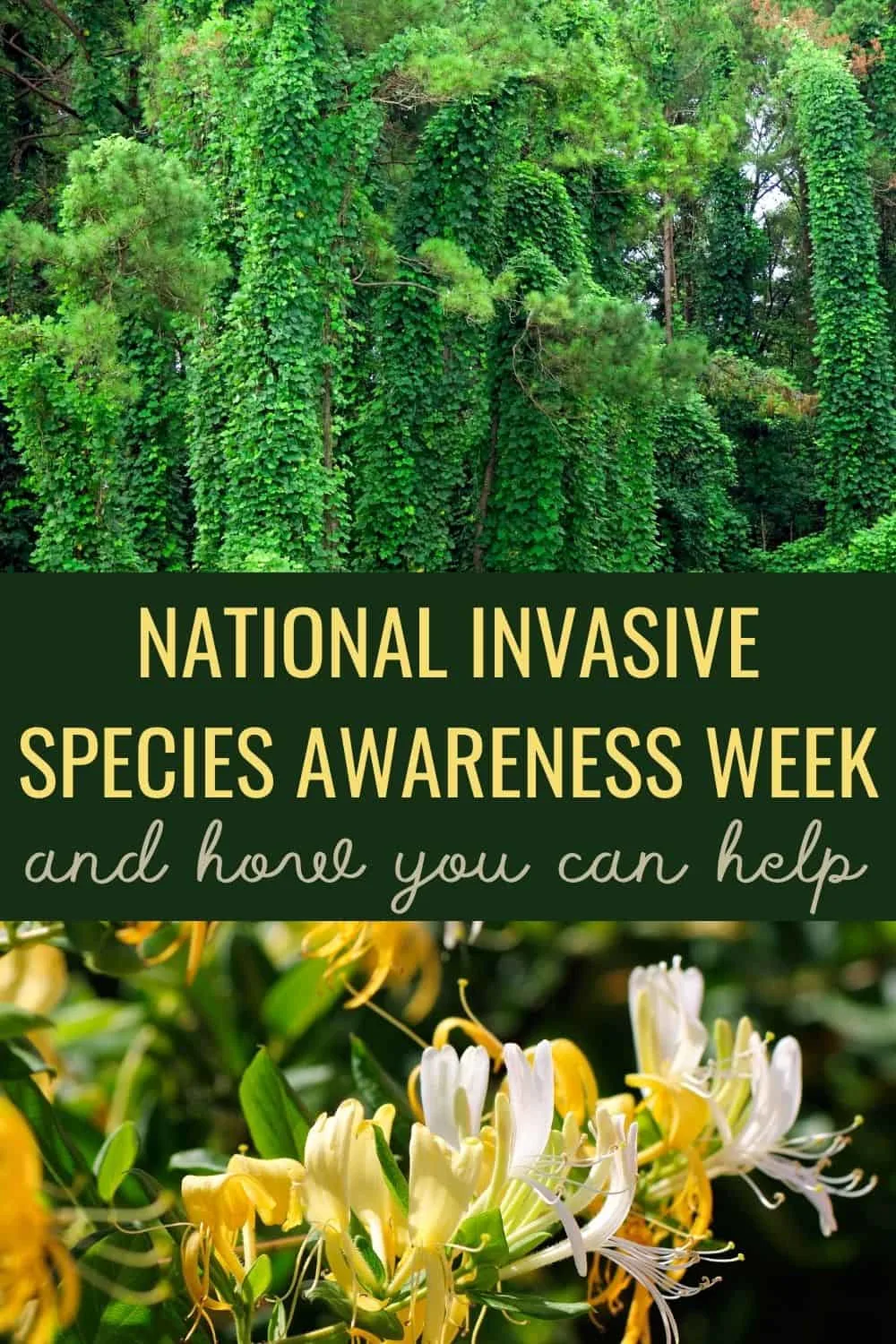

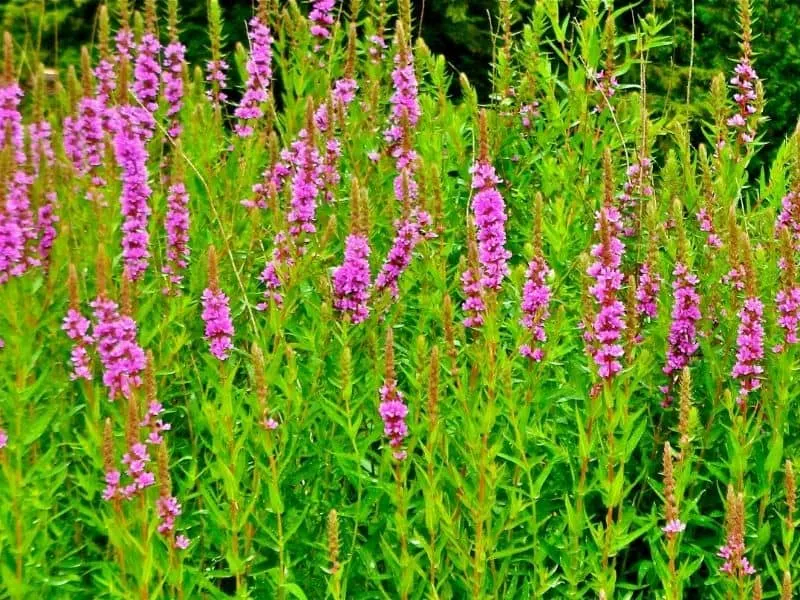
Beautiful Flower Garden Ideas
Saturday 6th of March 2021
[…] What Is National Invasive Species Awareness week […]